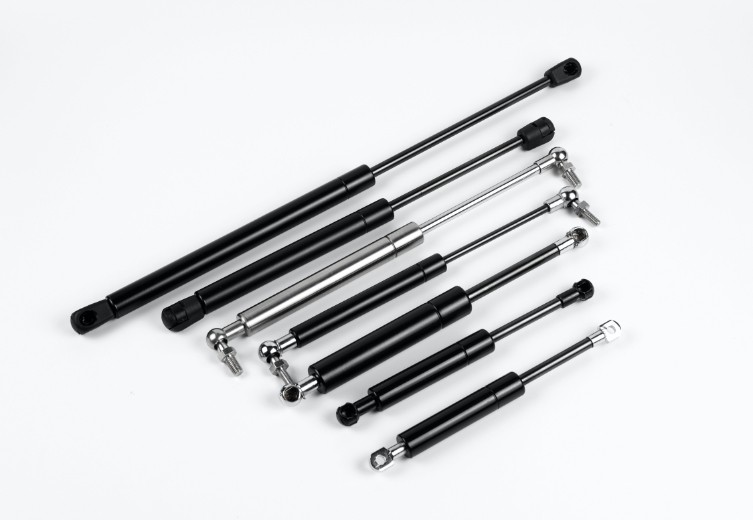Do's and don'ts of gas spring
Below is a suggestion list when you design the gas spring on your application and mount a gas spring.
Do (When design)
– Do consider the using temperature before confirming the force.
Usually, we designed the force(F1) at the 20℃ standard temperature. If the temperature increases, the force will also increase 4%~10% per 10℃.
– Do consider the end fitting type.
If possible, we recommend choosing the ball joint type. This will reduce the happens of the lateral force.
– Do design a stop to avoid the motion extremes of the struts stroke.
– Do use the stainless steel gas spring in a corrosive environment.
Do (When mount)
– Do mount or store the rod facing down.
This will lubricate the seal and will improve the damping effect, and reduce the speed of the force loss for a long time store.
– Do fully tighten the end fitting and keep the fitting in line.
It will avoid falling and misalignment.
– Do keep the gas spring in a clean environment if possible.
Don’t
– Don’t make lateral forces (side load) on the piston rod.
Like, pushing, rubbing, vibrations, etc.
– Don’t take the gas spring as a motion stop.
This will shorten the seal age.
– Don’t use the gas spring for more than 15cycles/min.
– Don’t use unprofessional equipment to test the force, like the vice.
– Don’t try to re-inflate the gas or reduce the gas spring’s force.
– Don’t puncture, scratch, dent, chip, bend, paint, wash, or incinerate.
Hope this list will help you during the design or mounting. For more questions, please feel free to contact us.








